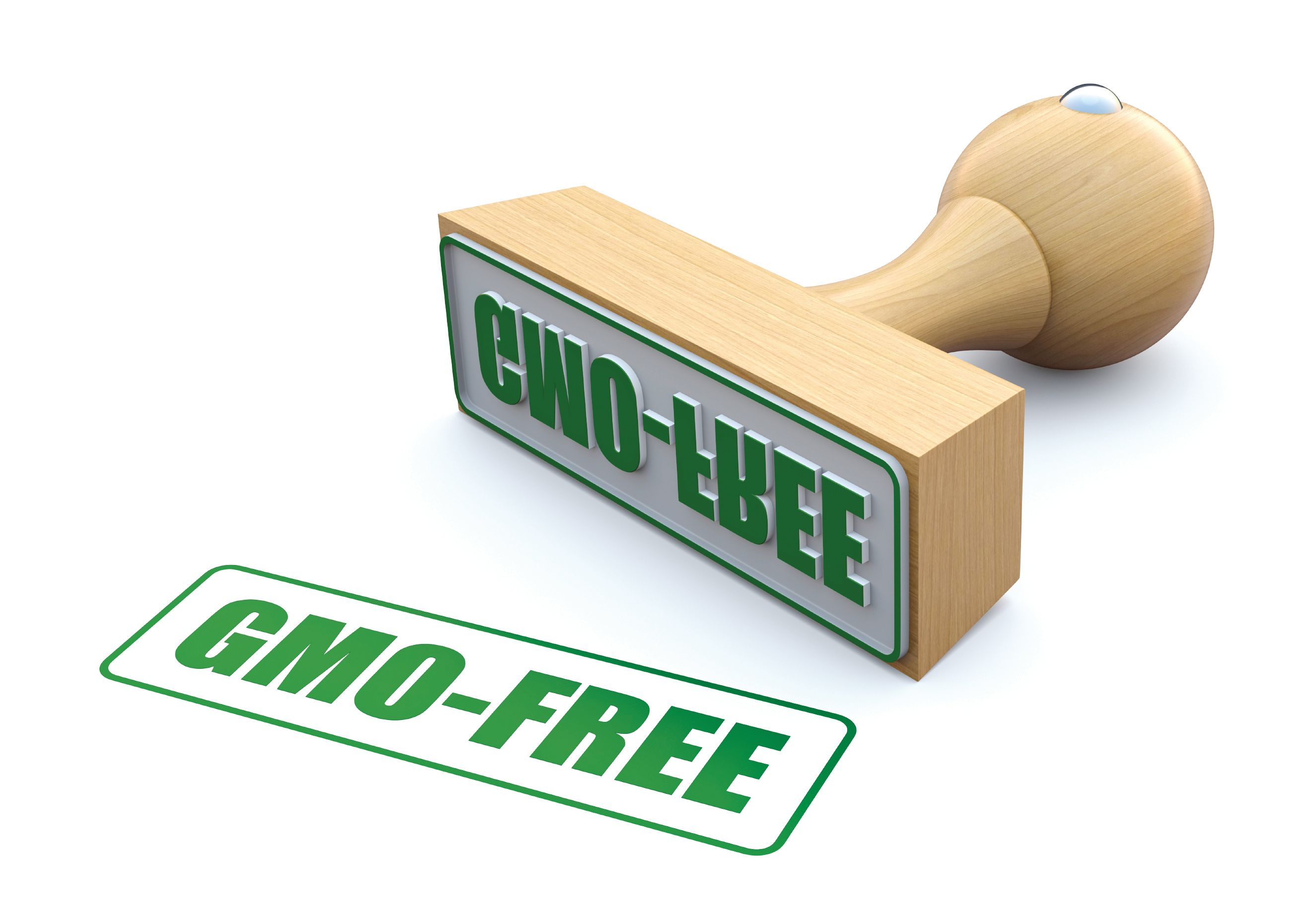New Mandatory GMO-Labeling Bill Could Move Disclaimers Online
If the bill were to pass, companies could disclose GMO ingredients through on-package text, symbols, or digital codes that direct consumers to more information online.
Photo © iStockphoto.com/mipan

The fight to establish a federal GMO-labeling standard entered a new chapter yesterday, with two members of the U.S. Senate agreeing on a deal that would require mandatory GMO labeling through on-package text, symbols, or digital codes that direct consumers online for more information.
Past efforts to establish nationwide standards for GMO-labeling have stalled at the federal level, including, most recently, a failed Senate act that would have established a voluntary, nationwide non-GMO certification program. But Senator Pat Roberts (R-KS), chairman of the Senate Agriculture Committee, and Senator Debbie Stabenow (D-MI), ranking member of the Agriculture Committee, agreed on the new legislation yesterday in hopes of trying once more to establish a federal GMO-labeling standard before different state-led efforts create a “patchwork” of labeling laws.
And unlike past proposals for mandatory GMO labeling, leading industry groups such as the Grocery Manufacturers Association (GMA) are on board with the new bill from Roberts and Stabenow. That’s due in large part to the flexibility of labeling options permitted under the bill, including the relatively non-invasive digital codes.
“This solution increases consume access to additional product information without stigmatizing a safe, proven technology that is relied on by American farmers,” according to a statement by Pamela G. Bailey, president and CEO of GMA, and Charles F. Connor, president and CEO of the National Council of Farmer Cooperatives.
“Scan Here for More Food Information”
If the bill were to pass, food manufacturers would have three mandatory labeling options for genetically modified ingredients: on-package text, an on-package symbol, or an on-pack digital code that directs users online. The code would have to be accompanied by text that reads, “Scan here for more information,” but there would be no requirement to use the term “GMO” anywhere on the label.
While biotech developers and food companies have praised the digital codes for avoiding stigmatization of GMO ingredients, many anti-GMO consumer groups condemned them as obstacles to greater transparency.
“This is not a labeling bill; it is a non-labeling bill,” said Andrew Kimbrell, executive director of the Center for Food Safety. “Clear, on-package [genetically engineered] food labeling should be mandatory to ensure all Americans have equal access to product information so that they can make informed choices about what they purchase and feed their families. This kind of labeling system is inadequate and inherently discriminatory against one third of Americans who do not own smartphones, and even more so against rural, low-income, and elderly populations or those without access to the internet.”
To the point of internet access, the bill includes language instructing USDA to survey the availability of scanning devices and internet access to use the digital codes. If the survey found that shoppers would not have sufficient opportunities to access the online information, USDA may have to authorize alternative delivery methods, the bill notes.
Too Late to Preempt Vermont
As much as backers of federal GMO-labeling standards may have wanted to preempt a patchwork of state-mandated GMO-labeling laws, it looks like they will be too late. Vermont’s mandatory GMO-labeling law is set to go into effect on July 1 and the House of Representatives will not be in session again until July 5.
Although the House passed the Safe and Accurate Food Labeling Act (SAFE; H.R. 1599) in July of last year, the new bill is dramatically different and would require approval by both the Senate and the House before it could go into effect. If passed, the federal legislation would preempt all state GMO-labeling laws on the first day of enactment. It would come into effect two years after enacted.
Here are some other key points of the bill:
· The definition of genetic engineering would apply only to traits developed through recombinant DNA techniques, or the transferring of a gene from organism to organism. Newer techniques, such as RNA interference or gene editing, would be exempt from the labeling legislation.
· Instead of using a code, “small” companies would have the option of labeling products with either a 1-800 phone number or a website. “Very small” companies would be exempt from the labeling requirement entirely, although the exact meaning of “small” and “very small” is yet to be defined.
· For meat products, just because an animal is fed GMO feed does not mean meat or milk products from that animal must carry a disclosure.
· Products that are certified organic by USDA could be labeled non-GMO.
· The bill does not address “natural” claims.
Read more:
Would the Safe and Accurate Food Labeling Act's Non-GMO Label Overlap with USDA's Organic Seal?
What Does FDA’s KIND Decision Mean for the Future of “Healthy”?
New Nutrition Facts Panel Includes Added Sugars, Updated Serving Sizes
Michael Crane
Associate Editor
Nutritional Outlook Magazine
michael.crane@ubm.com
Prinova acquires Aplinova to further increase its footprint in Latin America
April 7th 2025Prinova has recently announced the acquisition of Brazilian ingredients distributor Aplinova, which is a provider of specialty ingredients for a range of market segments that include food, beverage, supplements, and personal care.










